Your home affects your mind more than you realize. The colors on your walls, how light enters your windows, even your furniture arrangement - all of it quietly influences your mood, stress levels, and mental wellbeing. This connection isn't just theory. Research proves our spaces either drain us or restore us, and understanding how interior design impacts mental health through elements like color psychology in interior design, lighting, and spatial planning is where real transformation begins.
At The Artful Abode, we've spent 15+ years transforming Bangalore homes. Something remarkable keeps happening: when spaces change, lives change too. A client's anxiety melted after we redesigned her bedroom with calming blues. Another found focus once we organized his chaotic office.
Here's the thing - your environment affects your mental state in ways you might not expect. Creating a home that supports wellbeing instead of undermining it? That's what we do.
1Color Psychology: Your Silent Mood Setter
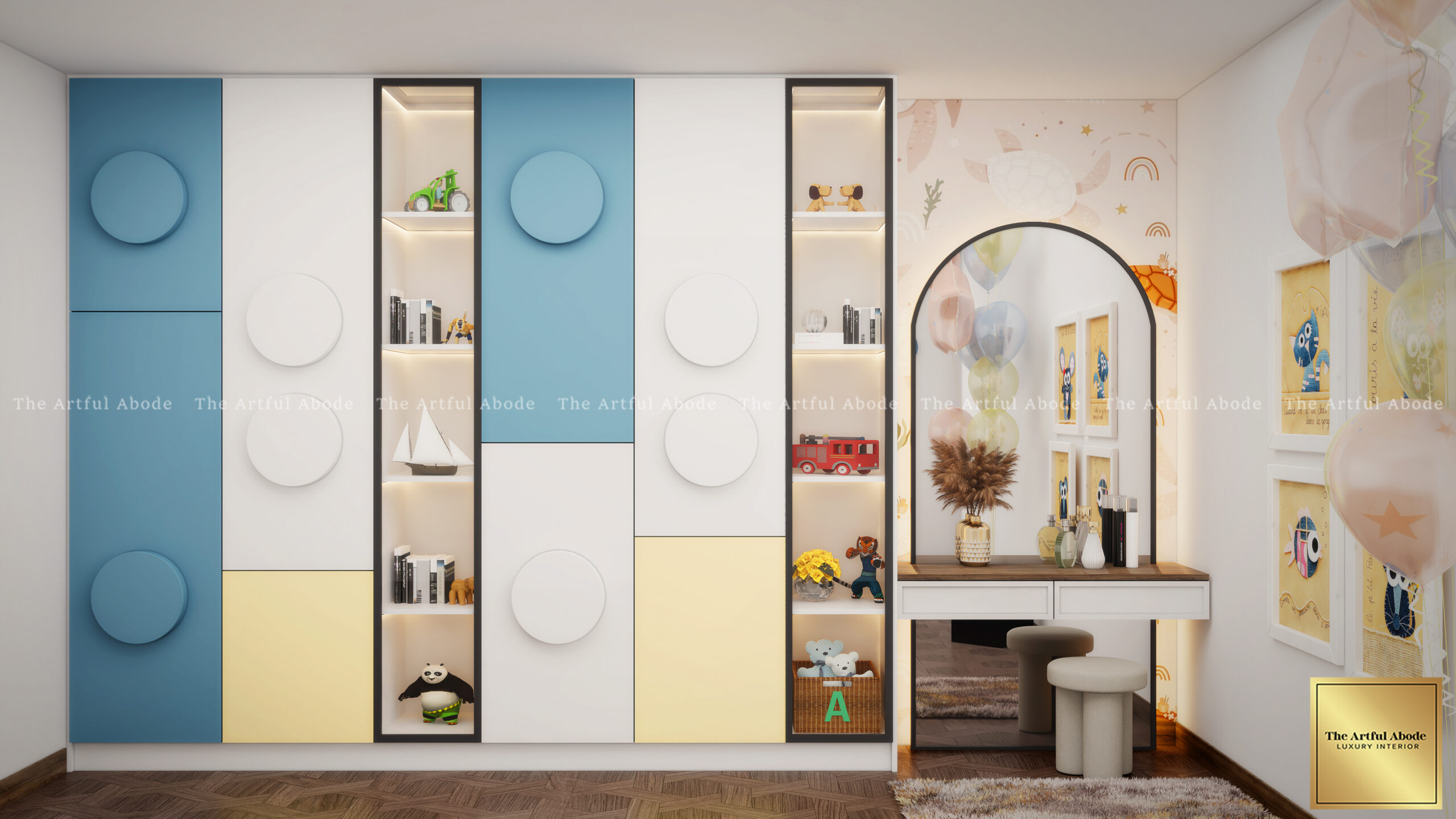
Walk into a red room and your heart rate actually increases. Step into soft blue? Your body relaxes.
It's wild, but color is powerful. Blues and greens work wonders for bedrooms because they genuinely lower blood pressure. Warm yellows? They lift spirits and get people talking in kitchens. And gray - too much of it can trigger those empty, depressed feelings.
Most folks pick colors based on what's trendy, not on how they want to feel. Big mistake. If you're already high-energy and struggle winding down at night, vibrant reds are gonna amplify that restlessness. We've watched it happen more times than we can count.
We test colors in your actual space, under your real lighting. That calming sage everyone loves? In a north-facing room with limited light, it can look downright institutional.
2Natural Light: Your Brain's Best Friend
Homes with tons of natural light sell for more. There's a reason.
Your circadian rhythm - that internal clock running the show - needs natural light to function properly. Without enough daylight, everything goes sideways. Poor sleep, mood crashes, sometimes even depression.
Strategic mirror placement helps bounce light deeper into rooms. Light-colored walls near windows amplify what you've got. When daylight is scarce, you've gotta get smart about artificial lighting. Think layers - warm bulbs around 2700K-3000K for evenings (they help you sleep), cooler ones around 4000K-5000K during the day (they keep you alert).
We installed tunable LEDs for a tech executive in Whitefield. They adjust automatically throughout the day. His feedback? Better sleep. Sharper focus. And yeah, his mood improved noticeably.
Simple changes can transform how a space feels - from draining to energizing.
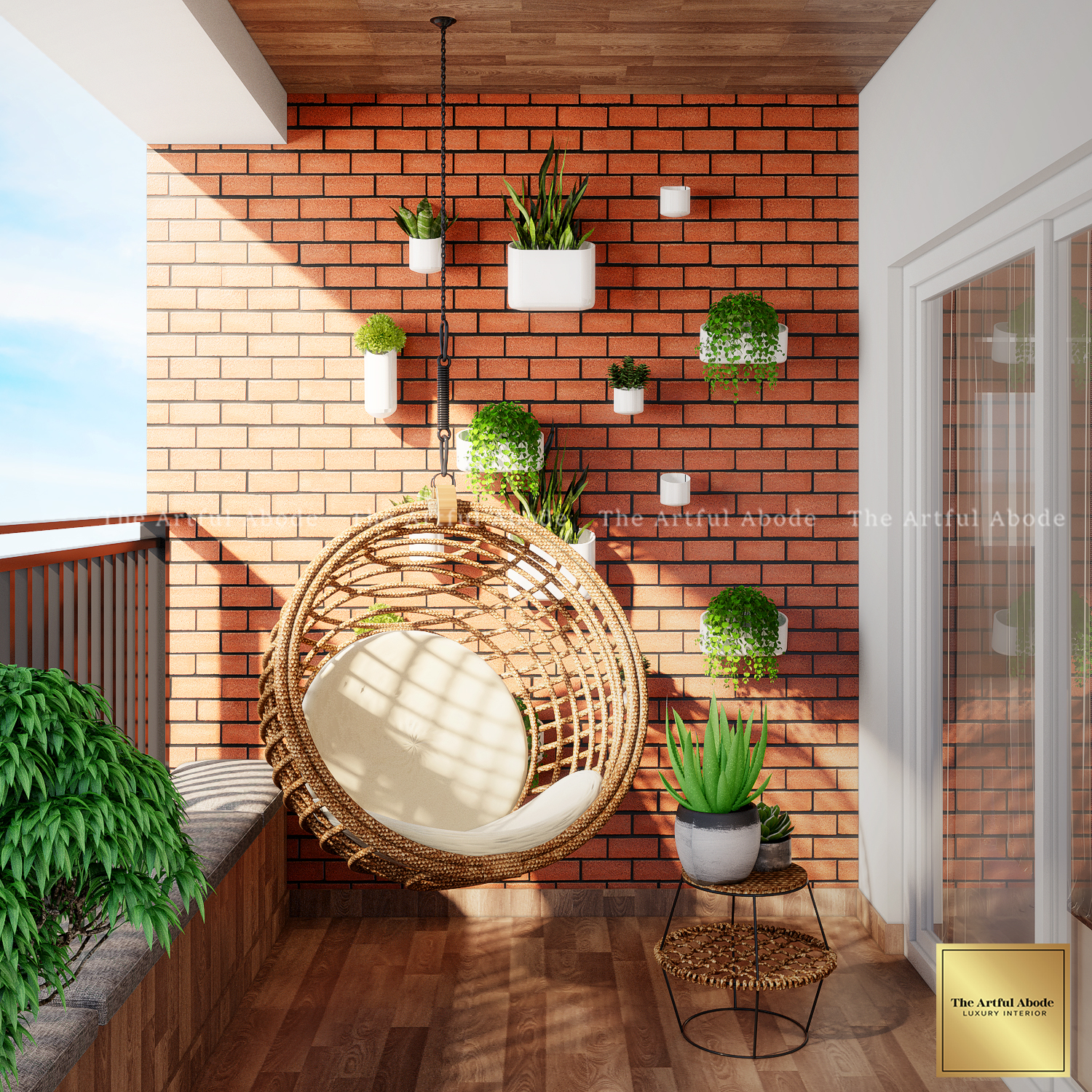
3Clutter and Mental Clarity
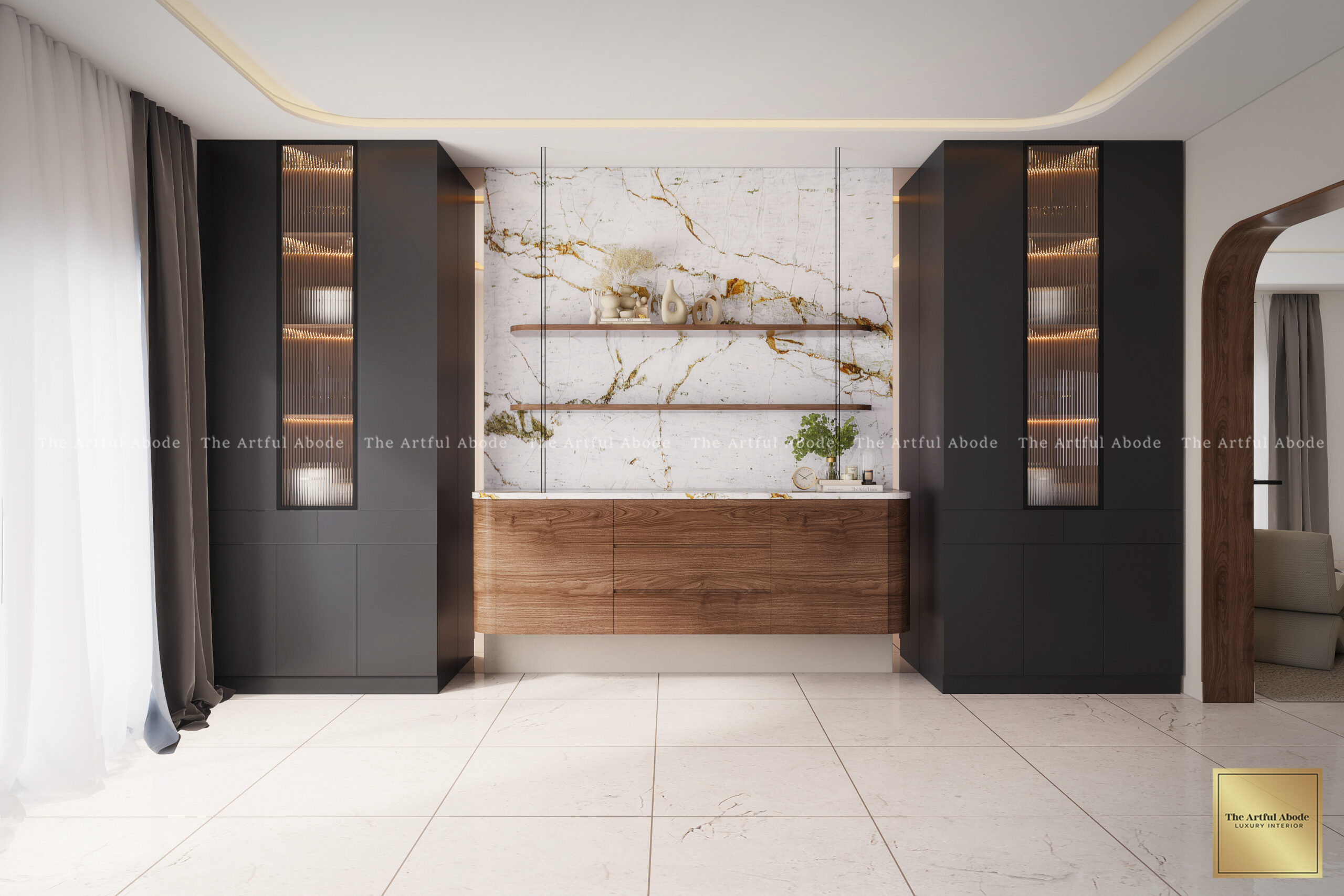
Visual clutter is constantly competing for your attention. It creates this background stress that just builds and builds. Princeton researchers proved it: physical mess actually reduces your performance and cranks up anxiety.
Minimalism isn't about having nothing, though. It's about being intentional. Does this item serve a purpose or bring you joy? If not, why's it here?
Smart storage eliminates the visual chaos. Custom wardrobes where everything has its spot. Hidden compartments. Designated places for daily stuff. When everything has a home, your brain stops spinning its wheels trying to manage the mess.
Simple as that.
4Bringing Nature Inside: The Biophilic Approach
Our brains are literally wired to respond to nature. University of Exeter found that adding plants to an office increased productivity by 15%. Not a small number. But it goes beyond just greenery.
Natural materials - wood, stone, organic textiles - create warmth that fake stuff just cannot match. The texture of raw wood under your hand. The coolness of stone. These things ground us in ways that screens and plastic never will.
For a Koramangala bedroom, we added some vertical planters and a small water element. Client slept better within a week. No exaggeration.
Water features, nature views, even nature-inspired art trigger similar psychological responses. It's about reconnecting with the natural world, even when you're stuck indoors. You don't need a massive budget, either.
Check out our Bedroom Designs to see how we weave in these natural principles.
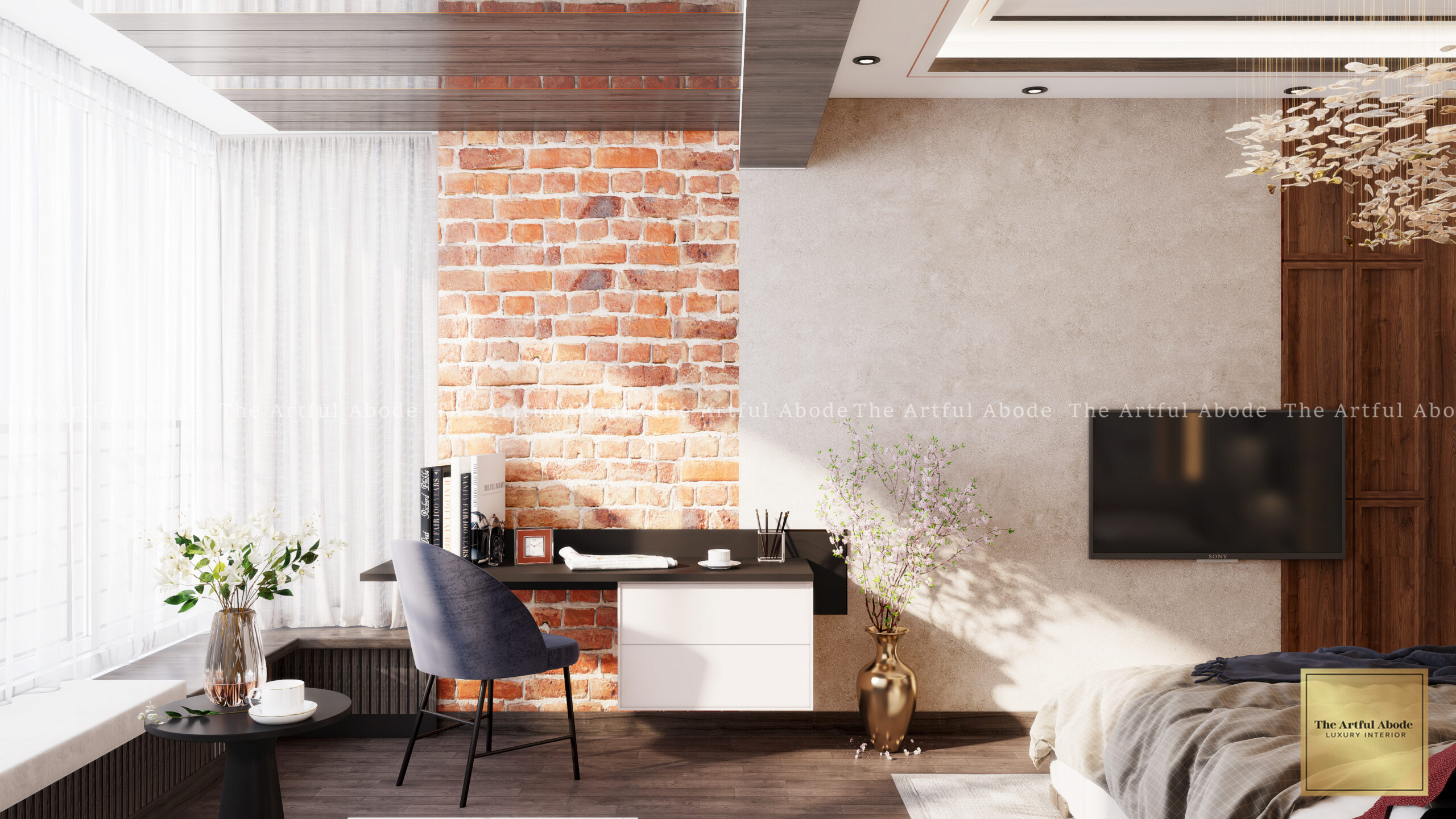
5Spatial Layout: How Room Flow Affects Your Mind
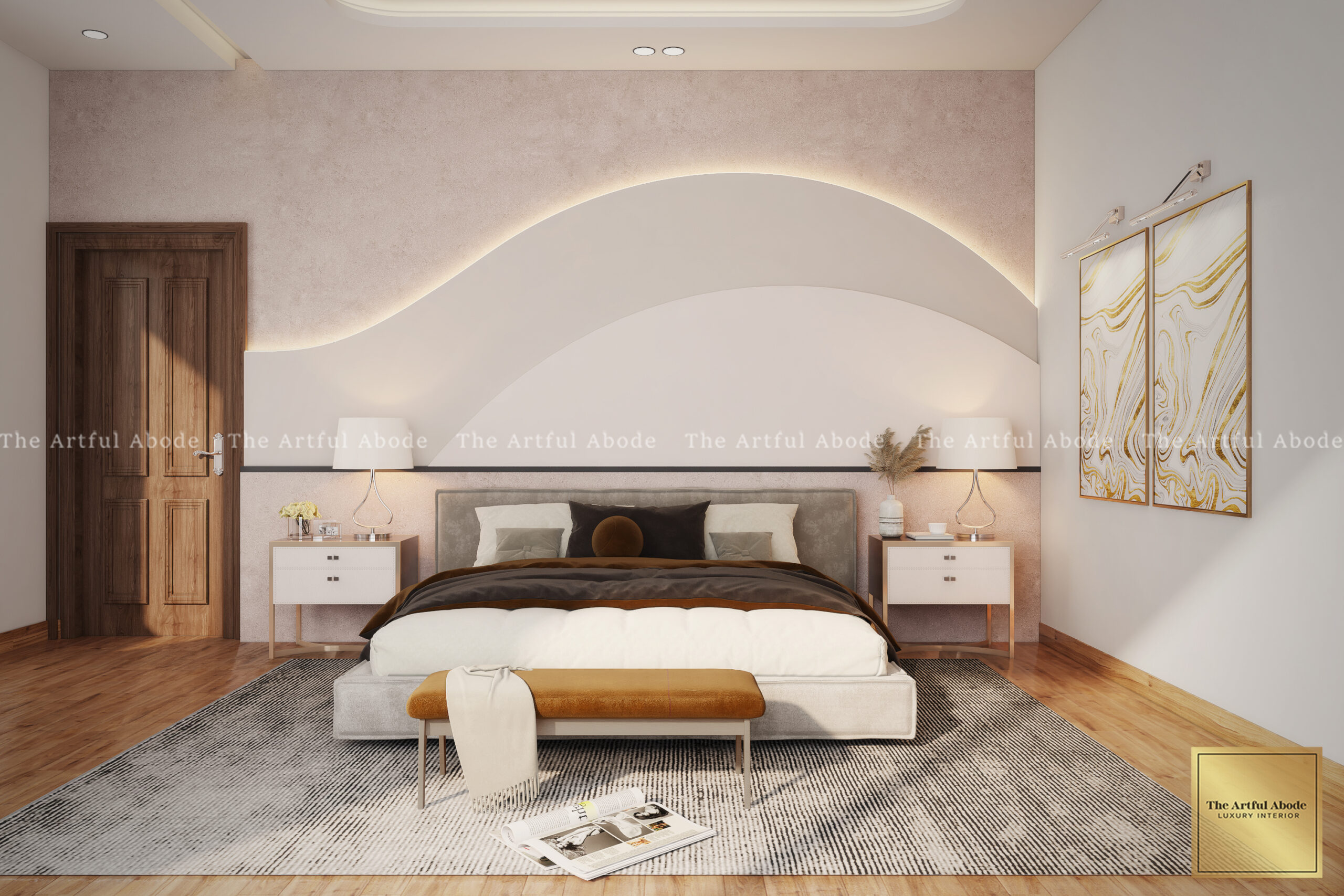
Cramped, maze-like layouts? Stressful. Open, intuitive flow? Calming.
Good spatial planning matters way more than most people realize. Can you easily grab what you need? Clear pathways to move through? Or are you constantly dodging furniture and obstacles?
We removed a partial wall between the kitchen and living room in an HSR Layout 2 BHK. Not a massive renovation. But the family naturally started spending more time together, feeling way less isolated. That's the power of thoughtful layout.
Privacy matters too, though. Everyone needs spaces where they can retreat and just be alone. Bedrooms should feel separate from public areas. Home offices need real boundaries - psychological separation between work mode and rest mode.
6Personalization: Your Space Should Tell Your Story
Generic spaces photograph beautifully. But they rarely support wellbeing.
Photos of loved ones, meaningful artwork, personal collections - these things create identity and belonging. They remind you of good memories and important relationships.
Balance is everything here. Curated personalization works - picking items that genuinely matter and displaying them thoughtfully. Too much? That tips into clutter territory.
We create dedicated display areas for collections. Travel souvenirs, family heirlooms, whatever tells your story. These become focal points without overwhelming the space. It's what separates a house from a home.
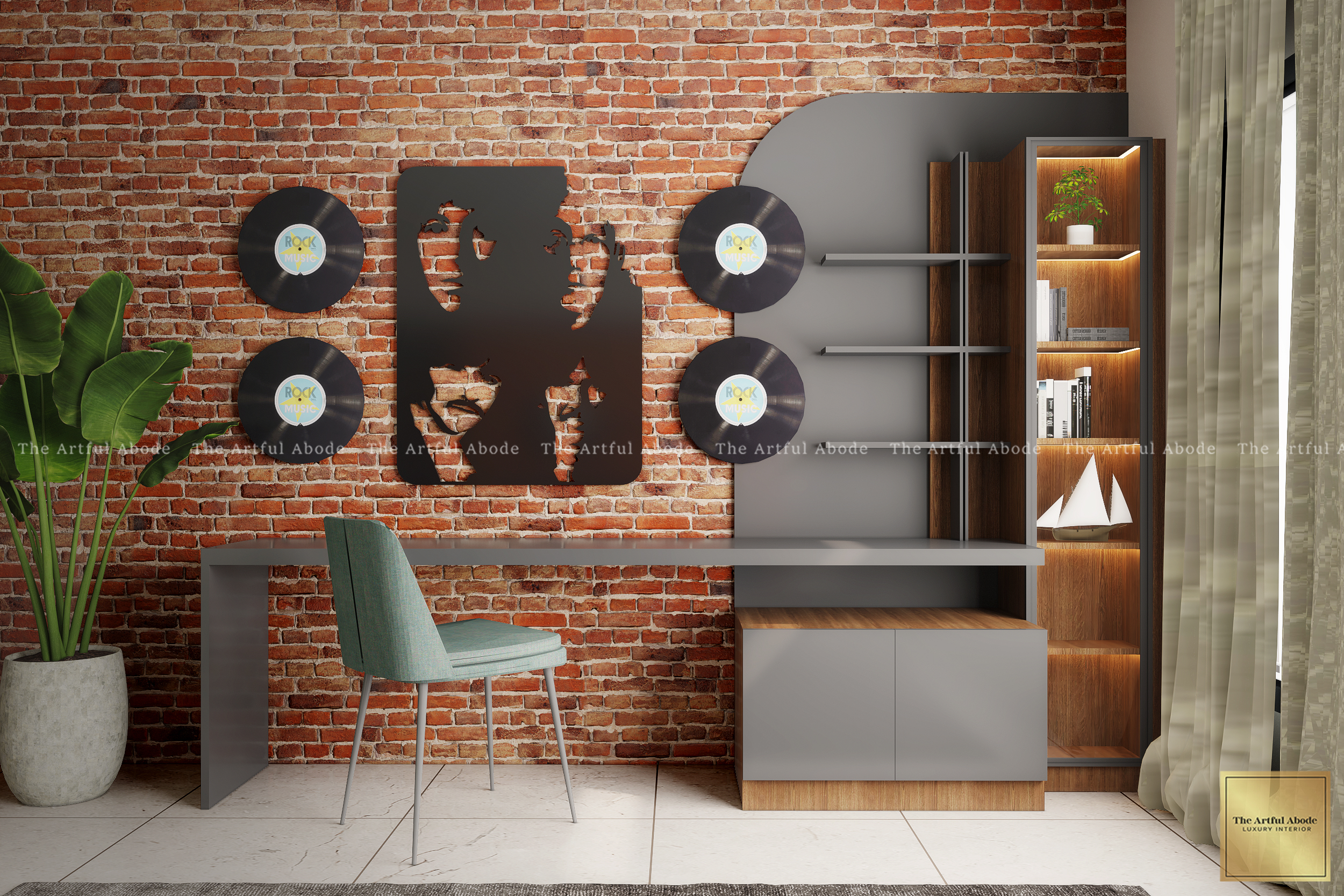
7Acoustic Design: The Overlooked Factor
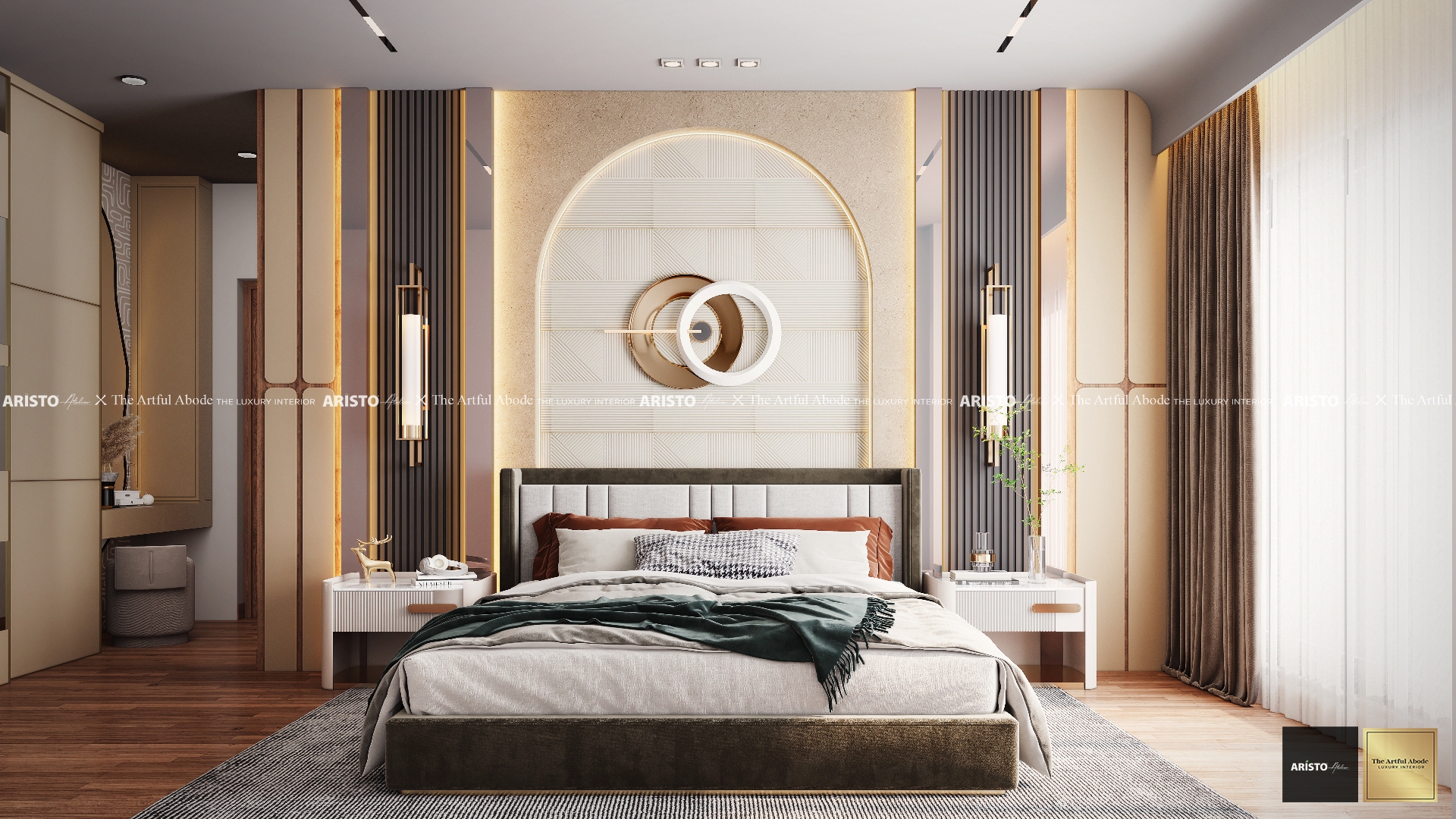
Noise pollution contributes to stress in ways most people never consider during renovations. Constant background noise - traffic, neighbors, street sounds - keeps your nervous system on alert even when you're not consciously aware.
Smart material choices fix this. Curtains, rugs, upholstered furniture - they all absorb sound. Acoustic panels can hide as artwork. Even bookshelves help dampen noise.
Bedrooms especially need acoustic treatment. Quality sleep requires quiet. Even low-level noise messes with sleep cycles without waking you up consciously. You just wake up exhausted and don't understand why.

